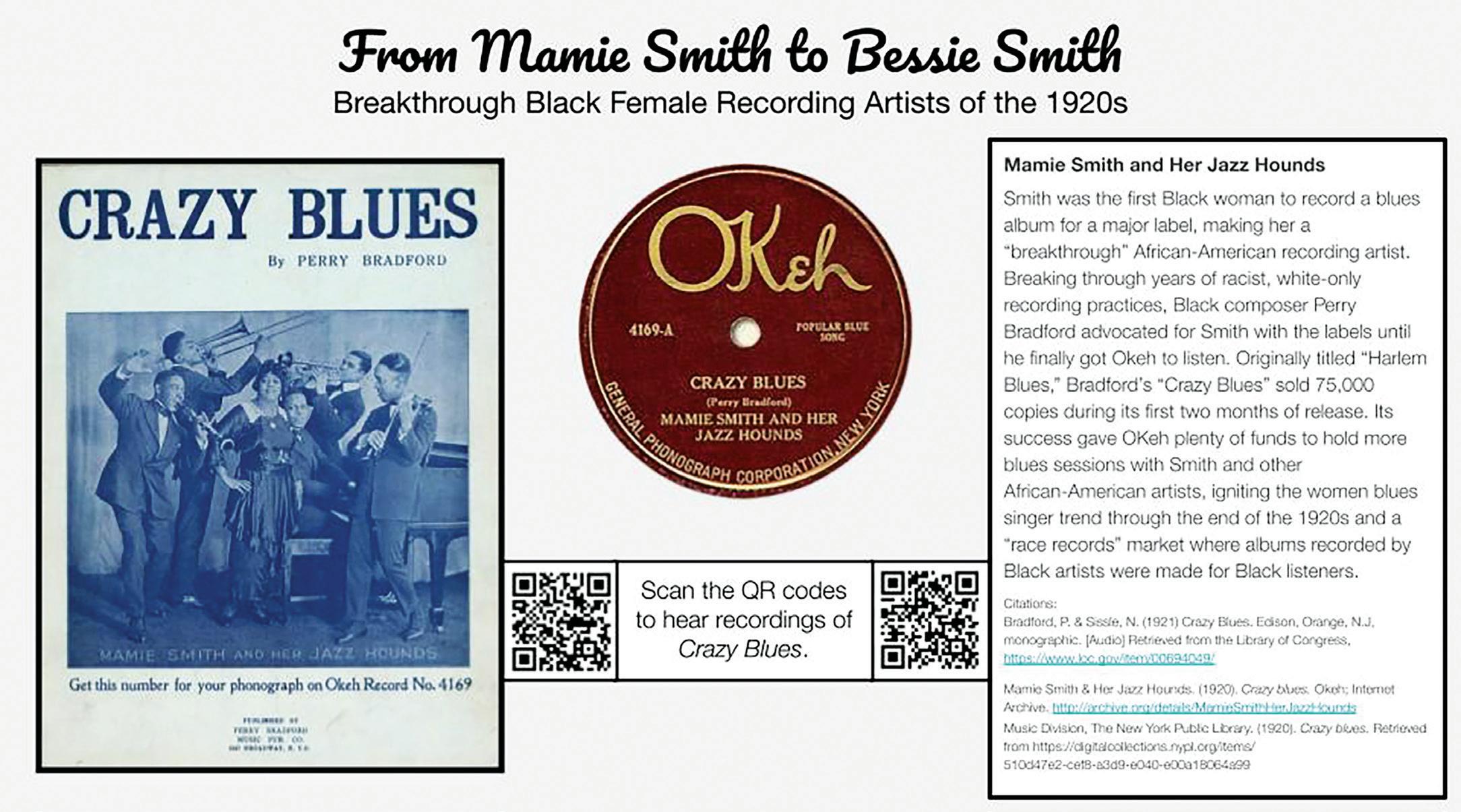
1 minute read
ESSENTIAL COMPONENTS OF AN EFFECTIVE MUSEUM EXHIBIT:
Each individual Museum exhibit should include all three of the following components:
1. An Object/Artifact (i.e., primary source)One or more on their chosen topic. The artifact(s) should be carefully selected by the student for their relevance, appeal, relatability, story, and interest. They might include the following: Photographs, documents, manuscripts, phonograph records, artworks (2D or 3D), etc.
Advertisement
2. Media - Video, audio, or interactive elements (e.g., video game or augmented reality). These components are essential for audience engagement and accessibility. Could a visitor who is blind listen to a musical recording related to an artifact or an audio description of the exhibit? Could a young visitor who learns best by doing interact with your exhibit by playing a short game related to your artifact?
3. Text - A placard or a panel written carefully by the student curator to introduce an exhibit or describe a particular artifact or set of artifacts. Includes basic data such as Date, Creator, Title. This is also where students could cite their artifacts. Consider asking each student to write a Curator’s Statement that answers the questions: Why was this item chosen to be in the exhibit? What can it teach us? What value does it add?
DOCUMENT & REFLECT:
Have your students document their process and progress as they work through the project. This documentation is valuable in helping students reflect on their accomplishments. And we know that the real learning happens during the process, not the final product. Your documentation can also be used as part of the final project! A “making-of” section will make a nice touch for your museum.
CRITIQUE & REVISION:
To refine and perfect the quality of the project, students should engage in a few rounds of peer critique, offering other group members as well as other groups warm and cool feedback on their exhibit plans and design. This should happen at least twice during the project, first as initial plans for exhibits are developed and again as the displays are just being installed. This way, students can incorporate their peers’ feedback, improve their designs and with that elevate the quality of the entire museum.
THE EXHIBITION:
Once the exhibits have all been installed and every aspect of the visitor experience has been considered it is time to open your museum to guests. Make this a special event for your students by having them plan an opening, perhaps providing refreshments, museum docents, and live entertainment for guests. It should be an occasion for your students to feel proud of all they have accomplished. They should run the show.









